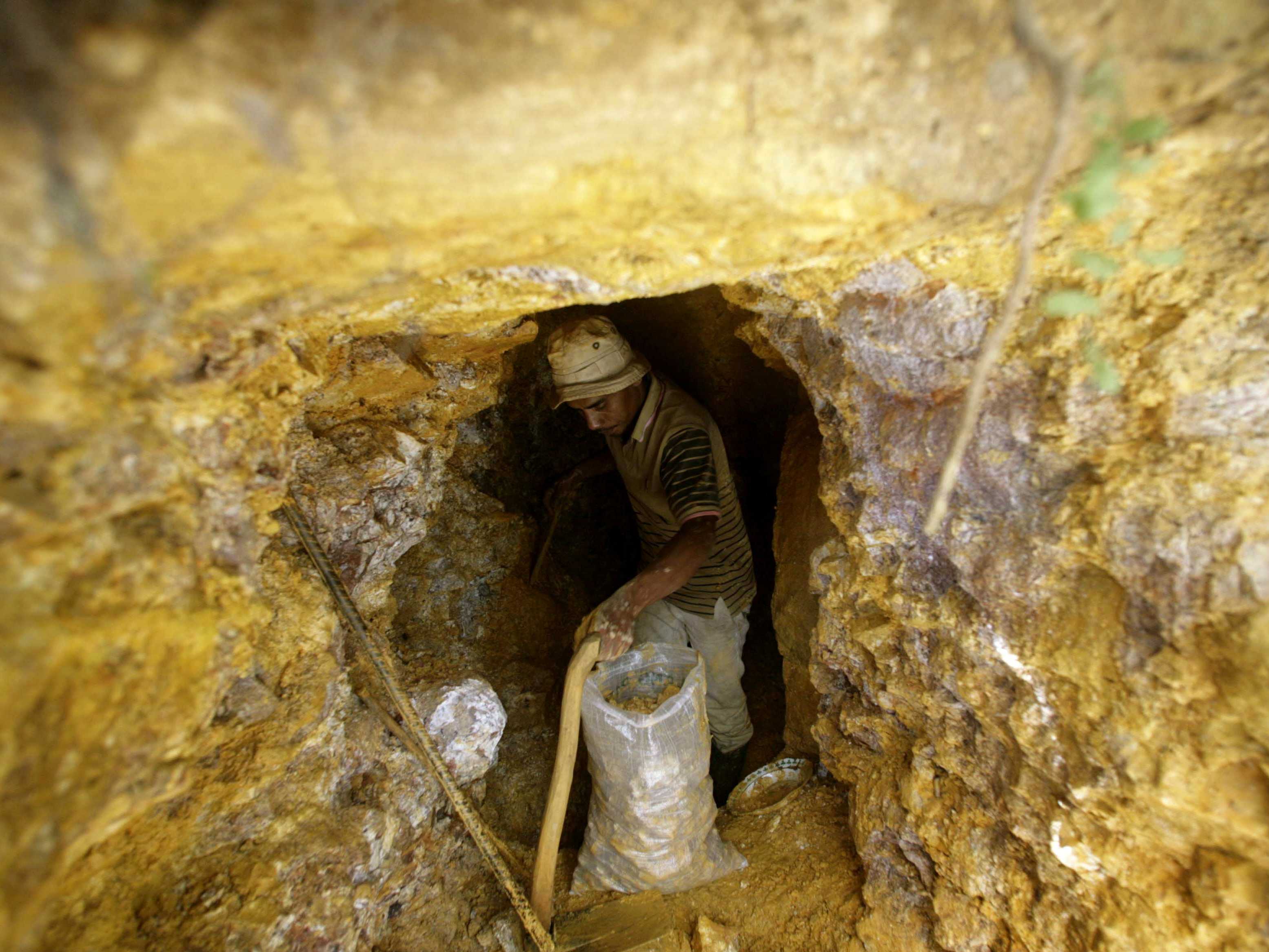To put it simply, the last few weeks have not been too kind to gold.
The shiny metal was at its highest level since March 2014 and threatening to break through the $1,350 per ounce level. But then the Bank of Japan said it would target its yield curve rather than increase its quantitative-easing program, and a Bloomberg report surfaced that the European Central Bank was considering tapering its asset purchase program.
That one-two punch, combined with rising expectations of a Federal Reserve rate hike, has hammered the precious metal over the past few weeks as traders have begun to price in the possibility that the easy money policies of the world’s major central banks are coming to an end. Gold has fallen more than 8% since September 26 and now sits near $1,250 per ounce.
And according to Wells Fargo, gold has much further to fall – gold finds itself “knee-deep inside a commodity bear super-cycle,” according to John LaForge, the bank’s head of real asset strategy.
Looking at data from 1800 through today, commodity bear super-cycles have lasted on average almost 20 years, making this occurrence still rather young.
If history is any indication, gold, which peaked at $1,900 per ounce in 2011, and other commodities could still have another 15 years left before this cycle ends.

However, gold bugs should not be too worried about a longer-term sell off. LaForge expects gold to retest its late 2015 low of near $1,050 per ounce possibly in 2017, at which point he says it "could be a good long-term (strategic) buy."
LaForge points to oversupply as the reason these super-cycles last as long as they do. A simple look at the gold market shows there are 176,000 metric tonnes of gold above ground, or enough for 0.8 ounces per person, the highest total since 1950, according to LaForge.
So while things don't look so good right now for gold bulls, eventually the laws of supply and demand should take hold and turn the market in their favor.


